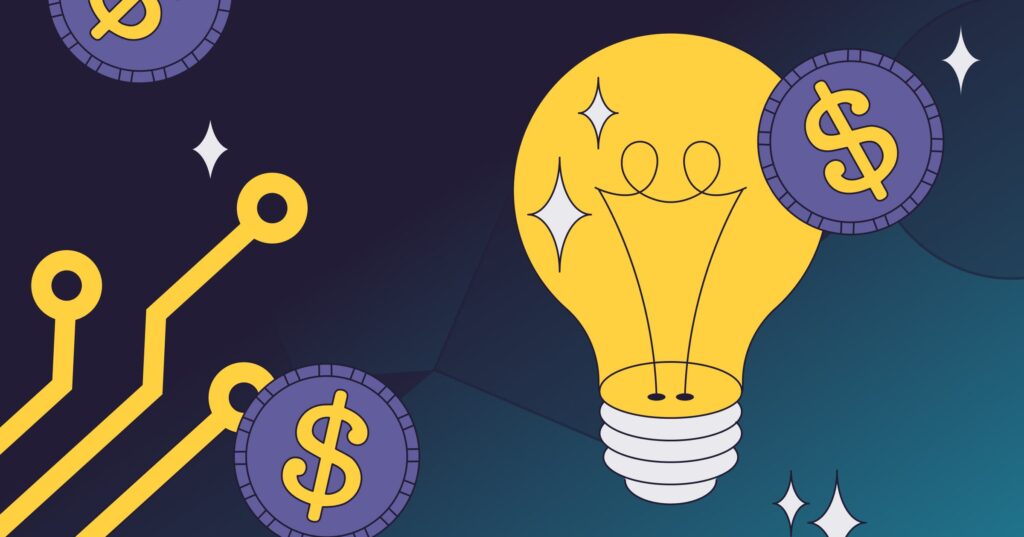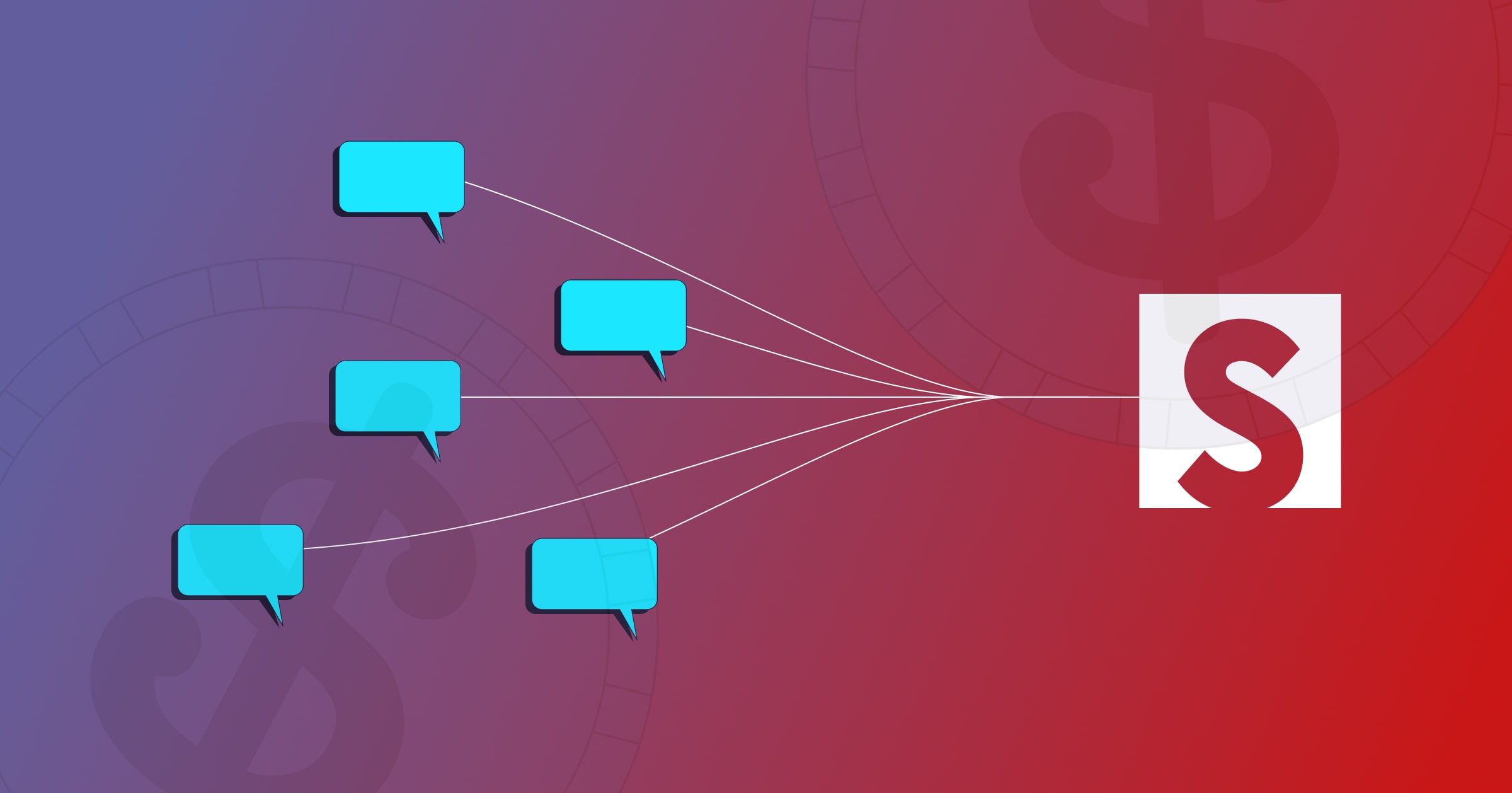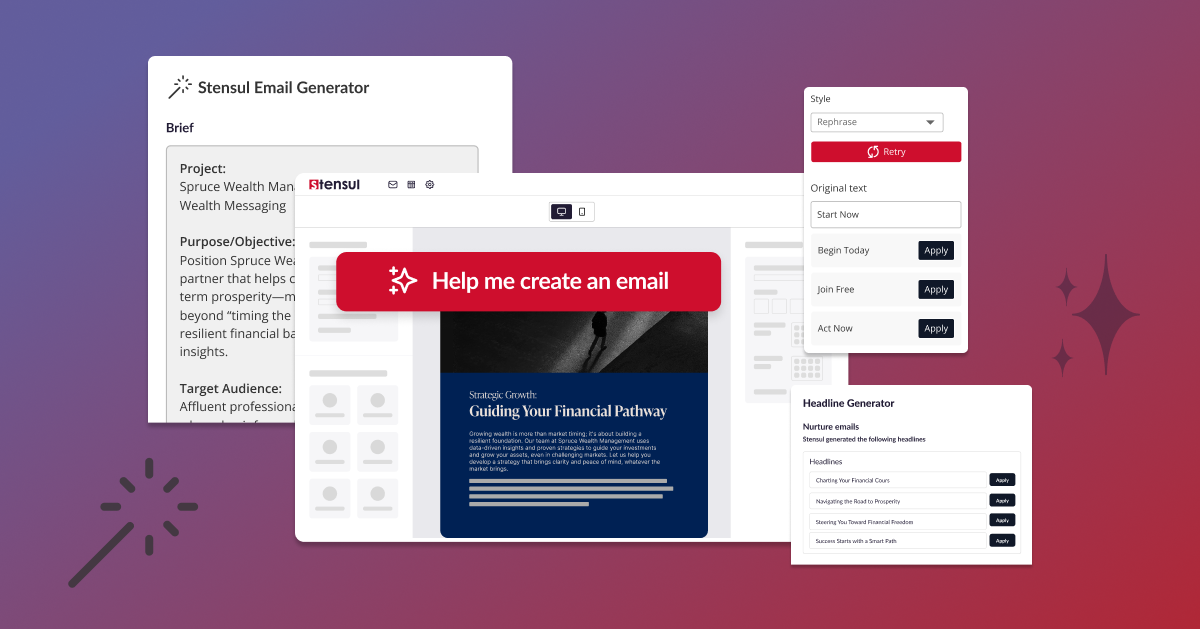You don’t need a spreadsheet to feel it—your campaigns are taking too long, requiring too many people, and still missing performance targets. Deadlines slip. Budgets bloat. Teams burn out.
At the root of it all? A broken Creation Operating Model a.k.a. the internal workflow that governs how your campaigns move from concept to execution. Whether you’re locked into Design-to-Code handoffs, wrangling distributed ESP templates, or stuck translating briefs into templates manually, the story is the same: friction everywhere.
And while AI promises speed and scale, without the right operating model, it only introduces more chaos. That’s why now is the moment to rethink how your campaigns are created and why the strongest case for doing so may be economic.
Your bottlenecks are bleeding your budget
Outdated Creation Operating Models don’t just frustrate teams, they drain your budget in hidden ways:
- Time waste: High-value marketers spend hours on production tasks, like fixing broken templates or managing email reviews, instead of strategic execution.
- Opportunity cost: Delayed launches mean missed windows to engage and convert. Your boldest ideas never leave the draft stage.
- Rework and errors: Without integrated guardrails, teams ship broken or off-brand emails, leading to embarrassing corrections, QA escalations, or even compliance risks.
- Overstaffing to compensate: Many teams add headcount just to move campaigns through the funnel—not to enhance creativity or performance.
In fact, one Stensul customer—a global software company—cut email production time by 90% and saw a 140% increase in revenue contribution simply by replacing outdated workflows with governed, AI-optimized creation processes.
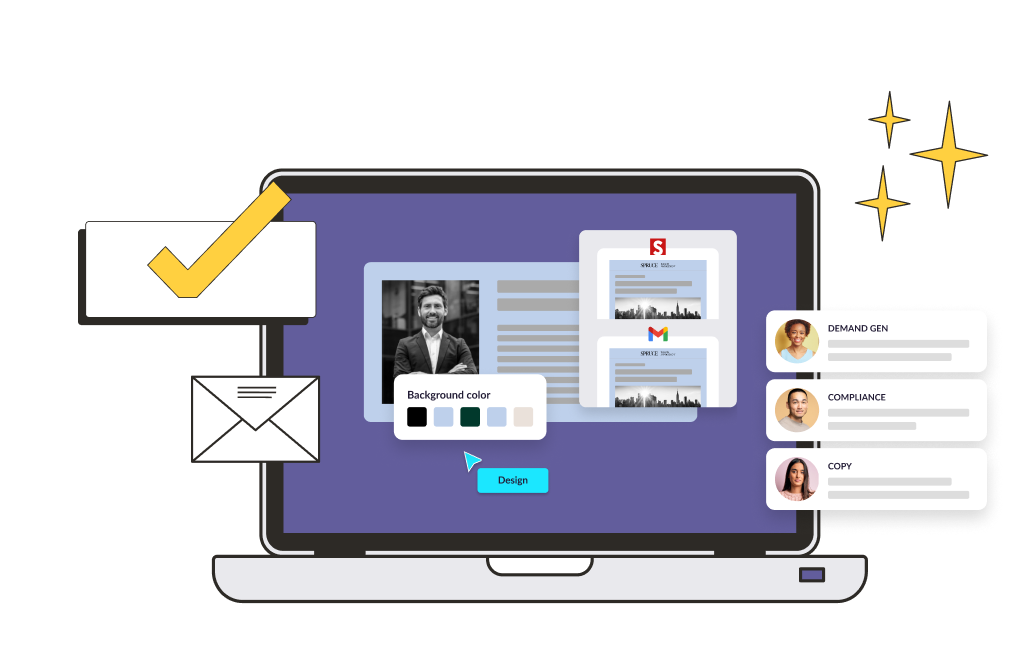
The AI trap: more speed, but with more risk
The generative AI boom has opened up new possibilities. Copy can be spun up in seconds. Designs can be prototyped faster. But here’s the challenge: AI without process is just chaos at scale.
According to Gartner, 77% of marketers are experimenting with AI, but fewer than half are seeing meaningful results. Why? Because they’re applying AI to workflows never designed to accommodate it. Without governance, AI tools introduce brand risks, compliance threats, and inconsistent messaging.
AI isn’t a shortcut unless it’s wrapped in structure. You need a Creation Operating Model with embedded guardrails; one that safely empowers your team to leverage AI where it matters most.
The AI-ready Creation Operating Model
At Stensul, we’ve identified three common creation models in enterprise teams:
- Design-to-Code
- Brief-to-Template
- Distributed-in-ESP
Each has strengths and major bottlenecks. What they share is a need for modernization. That’s where the AI-ready creation operating model comes in.
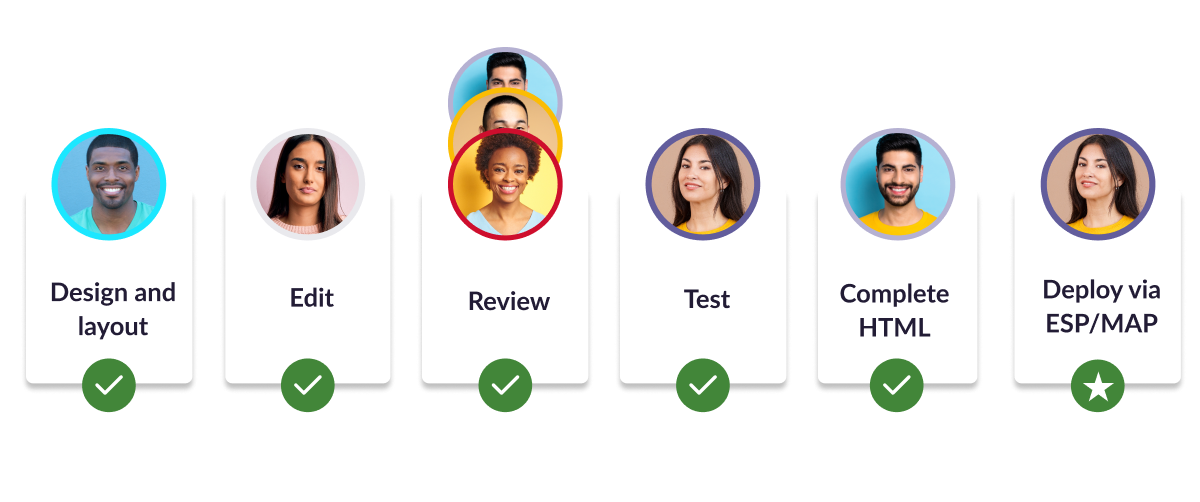
A modern operating model:
- Uses no-code tools to eliminate reliance on dev resources
- Embeds compliance and brand guardrails automatically
- Centralizes feedback, collaboration, and approvals
- Enables faster creation without increasing risk
- Allows AI-generated content to be reviewed and refined—not blindly trusted
The result? Campaigns that are not only faster, but smarter, safer, and more cost-efficient.
The economic impact in real terms
Let’s break this down:
- Time-to-launch shrinks from weeks to days or hours
- Campaign throughput scales—without scaling headcount
- Performance increases, because teams finally have time for personalization, A/B testing, and optimization
Stensul’s SPEED Framework helps marketing teams:
- Scan their current creation process
- Pinpoint workflow inefficiencies
- Evaluate economic waste
- Expose high-ROI areas for AI enablement
- Define the guardrails that make it all safe to scale
One global brand increased email-sourced qualified leads by 163% after transforming their workflow. Another saw 30x faster creation with AI assistance because their process was built to support it.
Performance depends on process
As a marketing leader, your job isn’t just to deliver ideas. It’s to ensure those ideas see the light of day—on time, on brand, and in front of the right audience. In the AI era, that means reevaluating not just what you create, but how you create it.
When your workflow becomes your superpower, AI becomes an asset not a liability.
Next steps
1. Audit your Creation Operating Model: Use our SPEED Framework to uncover where AI can drive efficiency—and where it may be creating risk.
2. Calculate your opportunity: Try our Email Creation Cost Calculator to see what slow processes are costing your business.
3. Get the toolkit: Download the AI-Powered Email Toolkit to begin reimagining your workflow—safely and strategically.
